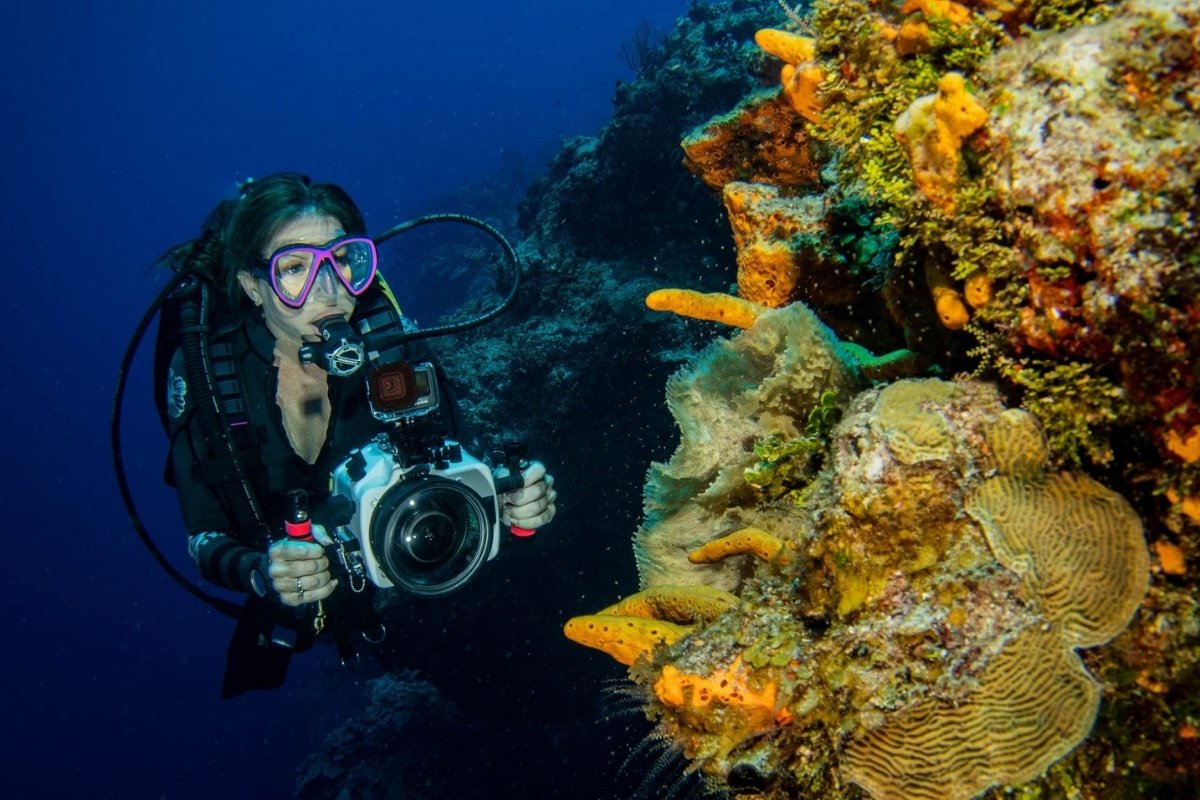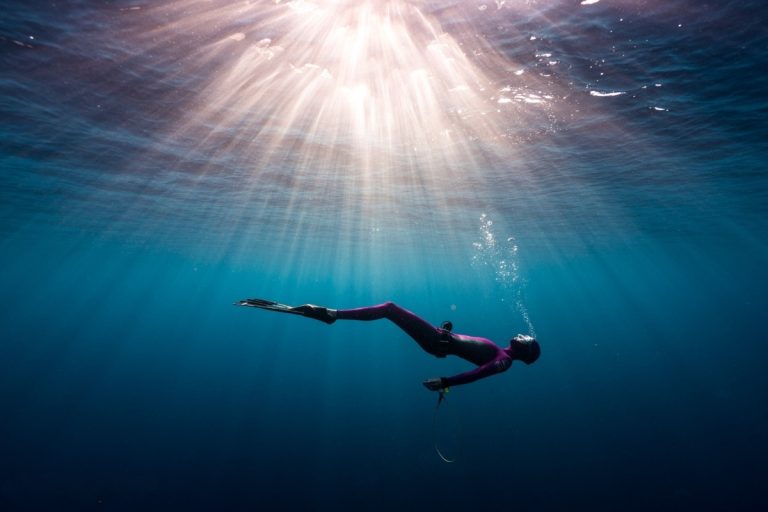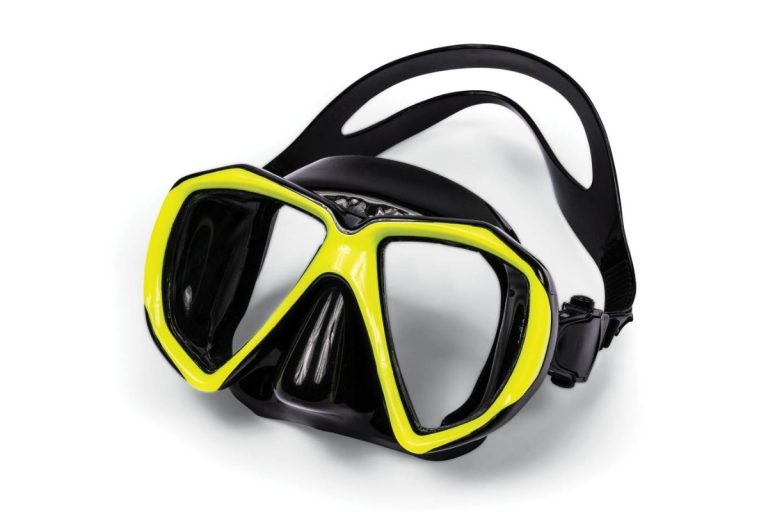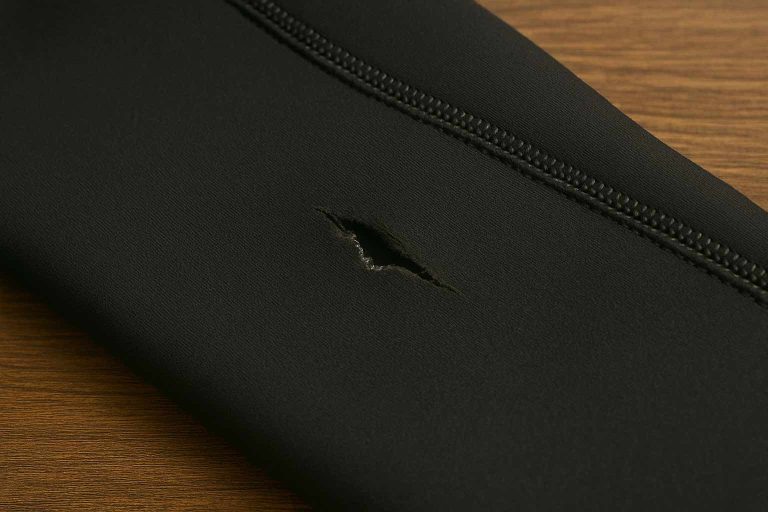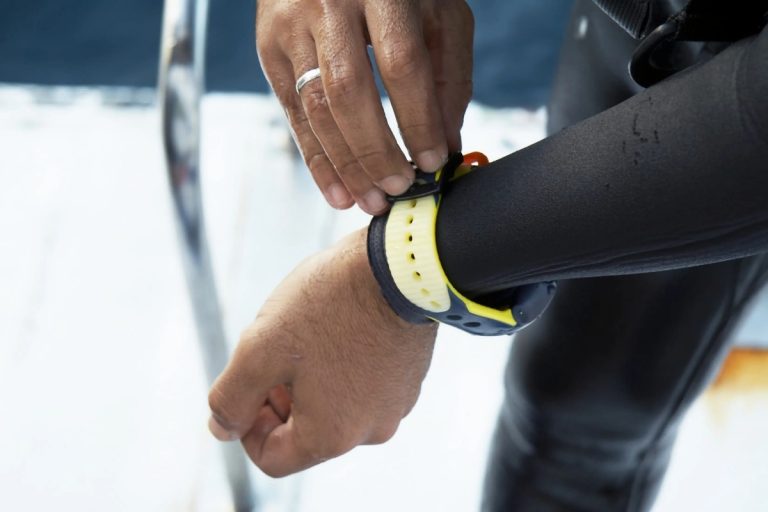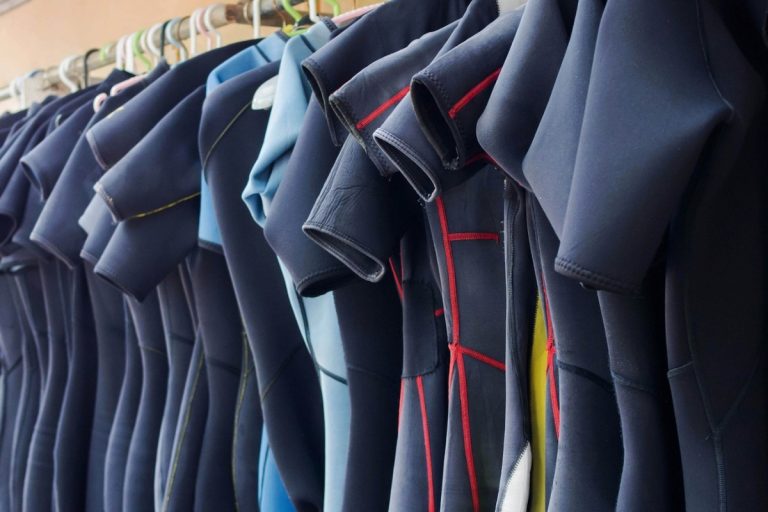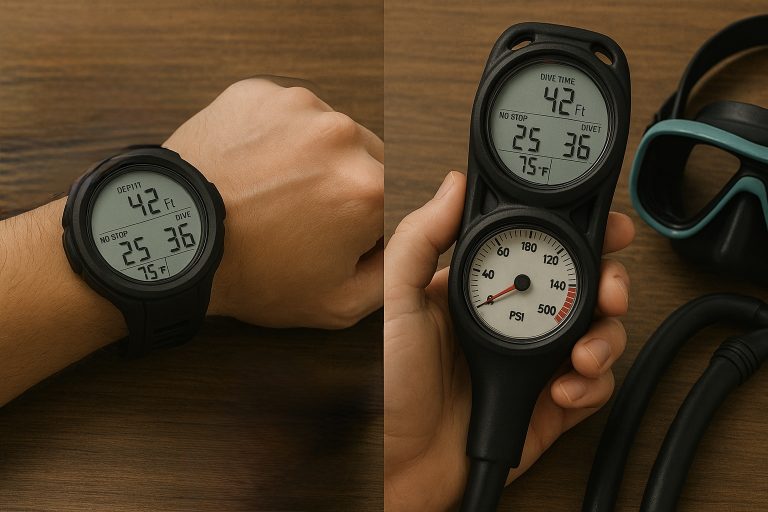- Introduction to Underwater Photography
- Essential Equipment for Underwater Photography
- Camera Settings for Underwater Photography
- Techniques for Capturing Stunning Images
- Common Mistakes in Underwater Photography
- Advanced Underwater Photography Strategies
- Troubleshooting Technical Issues
- Resources for Underwater Photographers
- Frequently Asked Questions
- Elevating Your Underwater Photography Experience
Introduction to Underwater Photography
Underwater photography opens up a mesmerizing world where light dances through water columns and marine life creates natural masterpieces. This specialized form of photography combines technical precision with artistic vision, requiring photographers to adapt their skills to an environment where traditional rules don’t always apply.
The underwater realm presents unique challenges that transform every shot into an adventure. Water absorbs light differently than air, colors shift dramatically with depth, and subjects move in three-dimensional space with fluid grace. These factors make underwater photography both demanding and incredibly rewarding for those willing to master its intricacies.
What is Underwater Photography?
Underwater photography captures images beneath the water’s surface, whether in oceans, lakes, rivers, or swimming pools. This art form requires specialized equipment designed to function in aquatic environments while protecting sensitive camera components from water damage.
The practice encompasses everything from macro shots of tiny nudibranchs to wide-angle captures of coral reefs and marine megafauna. Photographers must work within the constraints of limited visibility, changing light conditions, and the physical demands of being underwater while maintaining neutral buoyancy.
Importance of Technique in Underwater Photography
Proper technique separates amateur snapshots from professional-quality underwater images. Unlike terrestrial photography, underwater conditions leave little room for error, making technical proficiency essential for consistent results.
Mastering underwater photography techniques allows photographers to overcome the medium’s inherent challenges. Water filters out warm colors like reds and yellows within the first few feet, requiring specific approaches to color correction and lighting. Understanding these principles helps photographers create images that truly represent the vibrant underwater world.
Essential Equipment for Underwater Photography
Selecting the right equipment forms the foundation of successful underwater photography. The underwater environment demands gear that can withstand pressure, saltwater corrosion, and the physical demands of diving while delivering exceptional image quality.
When choosing the right housing for your camera, compatibility and build quality become paramount considerations. A reliable housing protects your investment while providing access to essential camera controls underwater. The housing you select will determine which cameras and lenses you can use effectively.
Quality underwater photography equipment represents a significant investment, but proper gear selection pays dividends in image quality and reliability. Budget-conscious photographers can start with basic setups and gradually upgrade as their skills develop and needs become more specific.
Cameras Suitable for Underwater Use
Modern underwater photographers have numerous camera options, from compact point-and-shoot models to professional DSLR and mirrorless systems. Compact cameras offer portability and ease of use, making them ideal for recreational divers and beginners.
Mirrorless cameras provide excellent image quality while maintaining relatively compact size. Their electronic viewfinders work well underwater, and many models offer advanced features like focus peaking and zebra patterns that prove invaluable in challenging underwater conditions.
Lenses: Wide-Angle vs. Macro
Wide-angle lenses excel at capturing expansive reef scenes, large marine animals, and dramatic underwater landscapes. These lenses minimize the water column between camera and subject, reducing backscatter and color loss while maximizing the sense of being underwater.
Macro lenses reveal the intricate details of small marine creatures, from colorful nudibranchs to delicate coral polyps. The close focusing distances required for macro photography help overcome water’s light-absorbing properties, producing sharp, colorful images of tiny subjects.
Lighting: Strobes and Video Lights
External strobes restore natural colors by providing full-spectrum light that penetrates water more effectively than ambient light. Positioning strobes correctly eliminates harsh shadows while avoiding backscatter from particles in the water column.
Video lights offer continuous illumination that helps with focusing and composition. Many underwater photographers use a combination of strobes for still photography and video lights for focusing assistance and ambient lighting effects.
Camera Settings for Underwater Photography
Understanding how to adjust camera settings for underwater conditions separates successful underwater photographers from those who struggle with poor results. Water’s unique properties require specific approaches to exposure, white balance, and flash usage that differ significantly from terrestrial photography.
Camera settings by depth and water conditions require constant adjustment as lighting conditions change throughout a dive. Shallow water with abundant natural light calls for different settings than deep water photography where artificial lighting becomes essential.
The key to mastering underwater camera settings lies in understanding how water affects light transmission and color rendition. This knowledge allows photographers to make informed decisions about exposure compensation, ISO settings, and flash power adjustments.
Understanding Exposure Underwater
Underwater exposure presents unique challenges as water absorbs light exponentially with depth. Photographers must compensate for reduced light levels while avoiding overexposure of subjects illuminated by strobes or video lights.
Manual exposure mode often works best underwater, giving photographers complete control over aperture, shutter speed, and ISO settings. This approach prevents the camera’s meter from being confused by the predominantly blue underwater environment.
White Balance Adjustments
Water’s selective absorption of light wavelengths creates a blue-green color cast that intensifies with depth. Custom white balance settings help restore natural colors, though many photographers prefer shooting in RAW format for maximum post-processing flexibility.
Setting white balance underwater requires understanding how different light sources affect color temperature. Natural light, strobes, and video lights each have distinct color characteristics that influence the final image appearance.
Using Flash Effectively
Effective flash usage underwater requires balancing strobe power with ambient light to create natural-looking images. Proper strobe positioning eliminates harsh shadows while avoiding the flat lighting that results from direct, on-camera flash.
Multiple strobe setups allow for more sophisticated lighting control, enabling photographers to separate subjects from backgrounds and create dimensional lighting effects. Understanding flash-to-subject distance helps determine proper exposure and color saturation.
Techniques for Capturing Stunning Images
Creating compelling underwater images requires mastering specific techniques that work within the medium’s constraints. These approaches help photographers overcome common challenges while developing their unique artistic vision.
Post-processing tips for underwater images in Lightroom and Photoshop become essential skills for achieving professional results. Raw processing allows photographers to recover details and colors that might appear lost in straight-from-camera images.
Successful underwater photography combines technical proficiency with creative vision. Understanding these fundamental techniques provides the foundation for developing more advanced skills and personal style.
Getting Close to Your Subjects
The cardinal rule of underwater photography is getting close to subjects, then getting closer still. Water reduces contrast and sharpness while adding unwanted color casts, making proximity essential for sharp, colorful images.
Close proximity minimizes the water column between camera and subject, reducing backscatter and color loss. This technique works for both wide-angle scenes, where photographers position themselves close to foreground elements, and macro subjects that require intimate working distances.
Composition and Framing
Underwater composition follows many traditional photography principles while adapting to the three-dimensional aquatic environment. Leading lines, rule of thirds, and negative space remain important, but underwater photographers must also consider buoyancy and current effects on composition.
Framing underwater subjects requires patience and understanding of marine animal behavior. Anticipating movement patterns and positioning accordingly allows photographers to capture dynamic compositions that showcase natural behaviors.
Dealing with Backscatter
Backscatter occurs when strobes illuminate particles suspended in the water column, creating distracting white spots in images. Proper strobe positioning and technique minimize this common problem that plagues many underwater photographers.
Angling strobes away from the camera-subject axis reduces backscatter while maintaining adequate subject illumination. Using diffusers and adjusting strobe power also helps create more even lighting with less particle illumination.
Common Mistakes in Underwater Photography
Understanding common pitfalls helps underwater photographers avoid frustrating mistakes that compromise image quality. These errors often stem from applying terrestrial photography techniques without considering underwater conditions.
Learning from these mistakes accelerates skill development and helps photographers achieve consistent results more quickly. Many of these issues relate to equipment usage, camera settings, or approach to underwater subjects.
Recognition of these common problems allows photographers to develop better techniques and troubleshooting skills. Prevention proves much more effective than attempting to fix problems in post-processing.
Overusing Zoom
Excessive zoom increases the water column between camera and subject, degrading image quality through reduced contrast and increased backscatter. This mistake particularly affects photographers transitioning from land-based photography.
Staying zoomed out and moving physically closer to subjects produces sharper, more colorful images with better contrast. This approach requires improved buoyancy control but results in dramatically better image quality.
Inadequate Lighting Techniques
Poor lighting technique manifests in several ways, from insufficient strobe power to improper positioning that creates harsh shadows or excessive backscatter. Understanding light behavior underwater prevents these common errors.
Balanced lighting that combines ambient light with artificial illumination creates the most natural-looking underwater images. This technique requires practice but produces professional-quality results that showcase underwater subjects effectively.
Ignoring Fish Behavior
Approaching marine life without understanding their behavior patterns often results in missed opportunities and stressed animals. Patient observation reveals behavioral cues that help photographers anticipate interesting moments.
Respectful wildlife photography practices ensure both better images and minimal environmental impact. Understanding territorial behaviors, feeding patterns, and comfort zones helps photographers position themselves for optimal shots while maintaining ethical standards.
Advanced Underwater Photography Strategies
Advanced techniques build upon fundamental skills to create more sophisticated and artistic underwater images. These strategies require solid technical foundations and creative vision to execute effectively.
Professional underwater photographers develop these advanced skills through practice and experimentation. Understanding when and how to apply these techniques distinguishes advanced practitioners from casual underwater photographers.
These strategies often involve combining multiple techniques or pushing equipment beyond basic usage patterns. Mastery requires understanding both the technical and creative aspects of underwater photography.
Previsualizing Shots
Mental preparation and shot planning become crucial for advanced underwater photography. Limited bottom time and changing conditions require photographers to visualize compositions before entering the water.
Studying dive sites, understanding lighting conditions, and planning equipment configurations maximize shooting efficiency underwater. This preparation allows photographers to focus on creative execution rather than technical problem-solving during dives.
Creative Composition Techniques
Advanced composition goes beyond basic rules to create unique perspectives and artistic interpretations of underwater subjects. Techniques like silhouetting, split-level shots, and creative use of natural lighting produce distinctive images.
Experimenting with unusual angles, foreground-background relationships, and negative space creates more dynamic compositions. These techniques require strong buoyancy control and understanding of how different approaches affect the final image.
Shooting in RAW Format
RAW format capture provides maximum flexibility for post-processing underwater images. The format preserves all image data, allowing for extensive color correction and detail recovery that JPEG compression eliminates.
RAW processing becomes particularly important for underwater photography due to the medium’s color-shifting properties. This format allows photographers to recover reds and warm tones that water naturally filters out.
Troubleshooting Technical Issues
Technical problems underwater can ruin entire diving sessions if photographers don’t understand common issues and solutions. Preparation and troubleshooting knowledge prevent equipment failures from destroying photo opportunities.
Understanding equipment limitations and backup procedures ensures continued shooting even when primary systems fail. This knowledge proves invaluable during expensive dive trips where equipment problems could compromise entire expeditions.
Preventive maintenance and proper equipment handling reduce the likelihood of technical issues. However, problems still occur, making troubleshooting skills essential for serious underwater photographers.
Strobe Malfunctions
Strobe failures underwater often result from connection issues, battery problems, or water intrusion. Understanding common failure modes helps photographers diagnose and potentially fix problems during dives.
Carrying backup equipment and understanding manual camera settings without strobe assistance ensures continued shooting capability. Many strobe problems can be resolved through simple troubleshooting procedures if photographers understand their equipment thoroughly.
Exposure Problems
Exposure issues underwater often stem from incorrect metering or failure to compensate for water’s light-absorbing properties. Understanding manual exposure techniques prevents these problems from ruining shots.
Histogram monitoring becomes crucial for proper exposure assessment underwater where camera LCD screens may be difficult to evaluate accurately. Learning to read histograms helps photographers make real-time exposure corrections.
Reflections and Distortions
Water surface reflections and optical distortions can compromise image quality in specific shooting situations. Understanding when these problems occur helps photographers adjust techniques or positioning to minimize their impact.
Polarizing filters and specific shooting angles can reduce unwanted reflections while maintaining image quality. Understanding optics and light behavior underwater helps photographers predict and avoid these issues.
Resources for Underwater Photographers
Continuous learning accelerates underwater photography skill development through structured education and community support. Various resources cater to different learning styles and experience levels.
Top 5 compact cameras for divers in 2025 represent excellent starting points for photographers entering underwater photography. These cameras offer good image quality while remaining manageable for recreational divers.
Building a comprehensive knowledge base through multiple resources ensures well-rounded skill development. Combining formal education with practical experience produces the fastest learning curve for aspiring underwater photographers.
Online Courses and Workshops
Structured online education provides systematic skill development for underwater photographers at all levels. These courses often include practical assignments and feedback from experienced instructors.
Workshop formats allow for hands-on learning with immediate feedback and problem-solving assistance. Many workshops combine classroom instruction with practical diving sessions for comprehensive skill development.
Books and Tutorials
Written resources provide detailed technical information and creative inspiration for underwater photographers. Books offer comprehensive coverage of topics that can be referenced repeatedly during skill development.
Tutorial series break complex topics into manageable segments that photographers can master progressively. Video tutorials particularly help with equipment operation and technique demonstration.
Community and Support Groups
Photography communities provide peer support, critique opportunities, and shared learning experiences. Online forums and social media groups connect photographers worldwide for knowledge sharing and inspiration.
Local dive clubs and photography groups offer opportunities for mentorship and collaborative learning. These communities often organize group dives and workshops that accelerate skill development through shared experiences.
Frequently Asked Questions
What equipment is essential for underwater photography?
Essential equipment includes a reliable underwater camera housing, suitable cameras (compact, DSLR, or mirrorless), appropriate lenses (wide-angle or macro), and lighting options such as strobes and video lights.
How does water affect photography techniques?
Water absorbs light differently, leading to color shifts, reduced visibility, and backscatter. Photographers must adjust settings for exposure, white balance, and lighting to compensate for these effects.
What are common mistakes in underwater photography?
Common mistakes include overusing zoom, inadequate lighting techniques, and ignoring fish behavior. Understanding these pitfalls can help photographers improve their skills.
How can I develop my underwater photography skills?
Skills can be developed through online courses, workshops, books, and community support. Continuous practice and learning from experienced photographers are also key.
Why is shooting in RAW format beneficial for underwater photography?
Shooting in RAW format preserves all image data, allowing for better post-processing flexibility, especially in recovering colors that have shifted underwater.
Elevating Your Underwater Photography Experience
With the right techniques, equipment, and continuous learning, photographers can capture the stunning beauty of underwater environments. Embracing the challenges of this art form not only enhances technical skills but also fosters a deeper connection with the ocean’s wonders.
